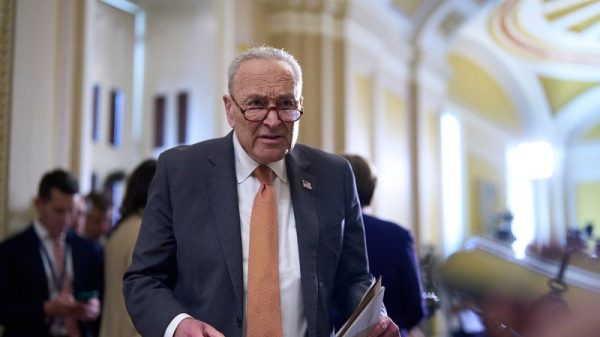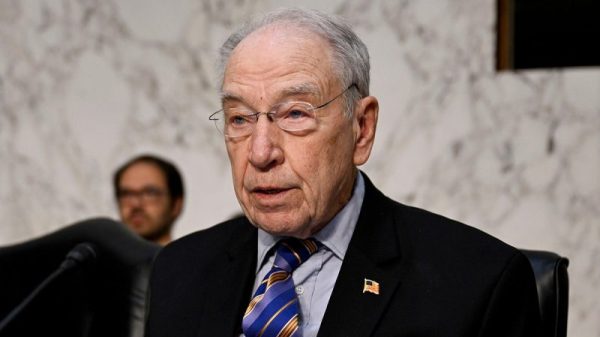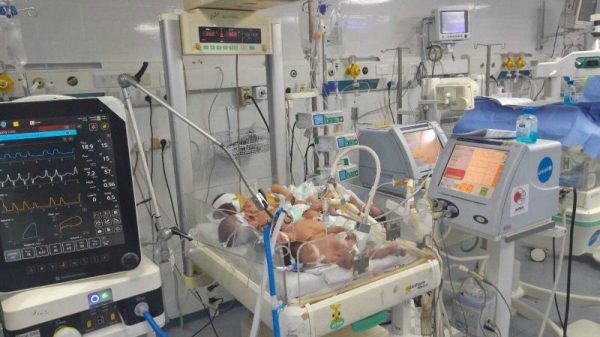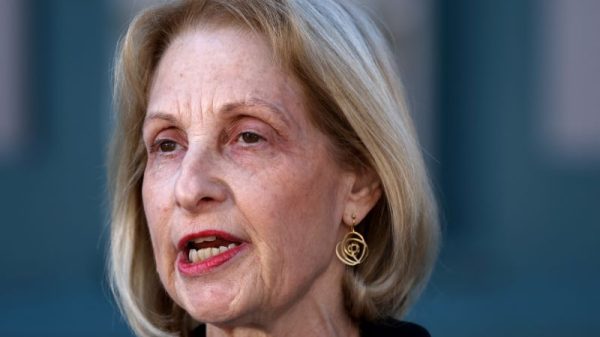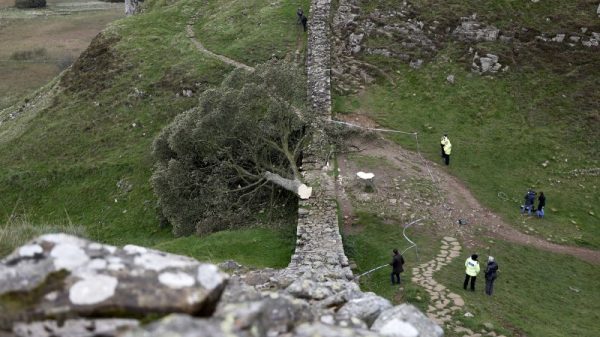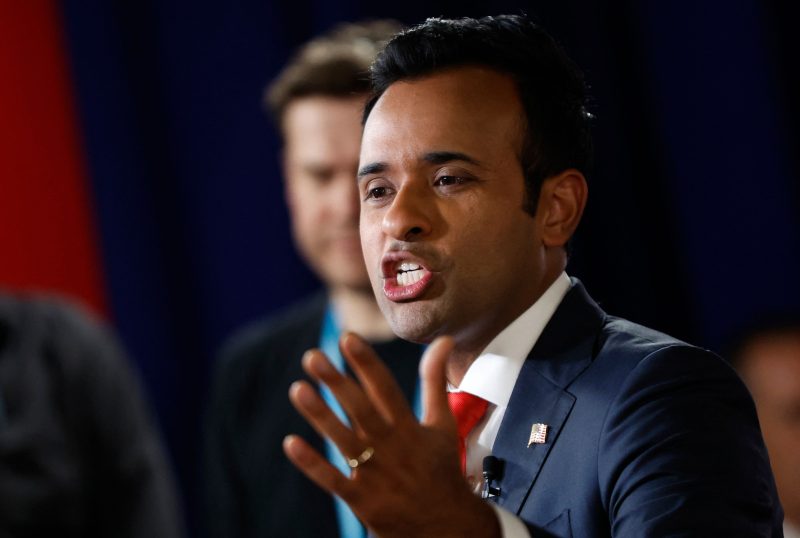“The climate change agenda is a hoax … The reality is more people are dying of bad climate change policies than they are of actual climate change.”
— Vivek Ramaswamy, during the first GOP presidential primary debate, Aug. 23
We did an instant fact check of Wednesday’s presidential debate but decided to set aside this puzzling statement until we did more research.
Many have interpreted Ramaswamy’s comment that the “climate change agenda is a hoax” as a flat statement that climate change is a hoax. But that doesn’t seem accurate, because a moment later he referred to deaths from “actual climate change.” Instead, he appeared to be suggesting that policies used to stem climate change don’t deliver what they promise and thus are a hoax.
Ramaswamy, a business entrepreneur, is a fan of fossil fuels — in his closing statement he asserted that “fossil fuels are a requirement for human prosperity” — and many green energy projects, such as electric cars, seek to reduce reliance on fossil fuels. So that might be part of the reason for his skepticism.
At The Fact Checker, we’re interested in numbers; in discussing climate change, Ramaswamy offered a big one. He asserted that more people were dying of bad climate policies than climate change itself. What’s that about?
When we called Kristie L. Ebi, a professor at the Center for Health and the Global Environment at the University of Washington, she was at a loss: “I would ask his staff — what climate policies?” She noted that President Biden’s Inflation Reduction Act is the first major U.S. green energy program passed into law and that “it is just starting.”
Ebi paused. “I don’t understand.”
Neither did we. But Ramaswamy’s staff did not answer our queries on this statement — though it responded to another one. That’s often suspicious. It usually means the staff doesn’t have data to back up the boss’s claim. Despite diligent searching, we could not find any study that accounted for such deaths.
In other words, we’re missing half of Ramaswamy’s equation — deaths from climate change policies. But there are plenty of estimates on deaths from climate change around the world. Of course, these are all estimates, and so depend on a variety of assumptions. But they were produced by credible organizations.
The World Health Organization in 2014 concluded that between 2030 and 2050, an additional 250,000 deaths a year would take place because of climate change, mostly through hunger, communicable diseases, malaria and dengue fever — all fostered by longer rainy seasons. In 2030, there would be 38,000 deaths due to heat exposure in elderly people, 48,000 due to diarrhea, 60,000 due to malaria and 95,000 due to childhood undernutrition. Mitigation efforts between 2030 and 2050 would reduce deaths from undernutrition and diarrhea, the WHO said, but heat deaths would soar to 100,000 a year.
Ebi said the report is considered authoritative, but many experts now believe the potential deaths were significantly underestimated by WHO, perhaps even by half.
That’s the future. Looking backward, the World Meteorological Organization in May concluded that extreme weather, climate and water-related events caused 11,000 reported disasters between 1970 and 2021, resulting in just over 2 million deaths. Nine out of 10 deaths took place in developing countries. Economic losses amounted to $4.3 trillion.
Whether all of these deaths are the result of climate change could be subject to dispute. Many of the highest death tolls from extreme weather took place decades ago; better weather forecasting and improved disaster response have helped reduce death tolls. The highest death tolls listed by WMO are 300,000 from a 1983 drought in Ethiopia and 300,000 from a 1970 storm in Bangladesh. Among those on the top-10 list, the most recent was an estimate of nearly 56,000 dead in Russia from extreme temperatures in 2010.
Extreme heat is one of the most visible manifestations of climate change. The WHO reported in November that at least 15,000 people had died of heat in 2022, including nearly 4,000 deaths in Spain, more than 1,000 in Portugal, more than 3,200 in Britain and about 4,500 deaths in Germany. Europe is the fastest-warming region in the world, with average temperatures spiking since 1961.
In the United States, the Centers for Disease Control and Prevention shows a steady increase in deaths from high temperatures since 2014, when 407 were recorded, to 2022, when 1,714 were recorded. The figures jump around a bit — in 1999, 2006, and 2011 there were more than 1,000 heat-related fatalities — but the trend has been clear for the past six years.
Again, not every heat-related death can be attributed to climate change. A well-regarded study published in 2021 in the journal Nature Climate Change found that, on average, 37 percent of heat deaths in warm seasons could be attributed to climate change.
We should note that on social media earlier this month, Ramaswamy posted that “the climate disaster death rate has *declined* by 98% over the last century, even as carbon emissions have risen,” attributing that decline to fossil fuels. Not only is that different from what he said in the debate, but experts say better weather forecasting and warning systems are largely responsible.
Harvard-led research published in 2021 determined that the burning of fossil fuel was responsible for 1 out of 5 deaths worldwide. That adds up to more than 8 million people a year — a population the size of New York City.
No matter how you slice it, credible research has concluded that thousands of people a year die because of the effects of climate change. We can’t find data that suggests green energy policies actually kill even more people — and Ramaswamy’s campaign did not provide any source for his claim. He earns Four Pinocchios.
(About our rating scale)
Send us facts to check by filling out this form
Sign up for The Fact Checker weekly newsletter
The Fact Checker is a verified signatory to the International Fact-Checking Network code of principles











